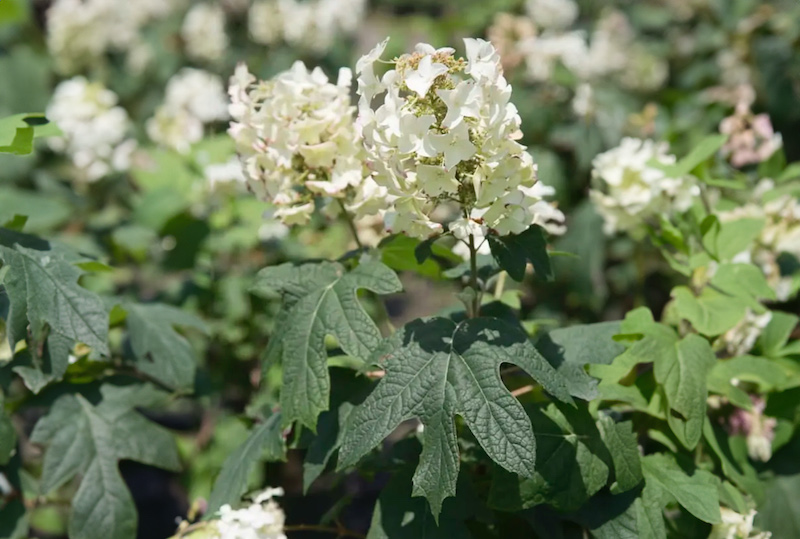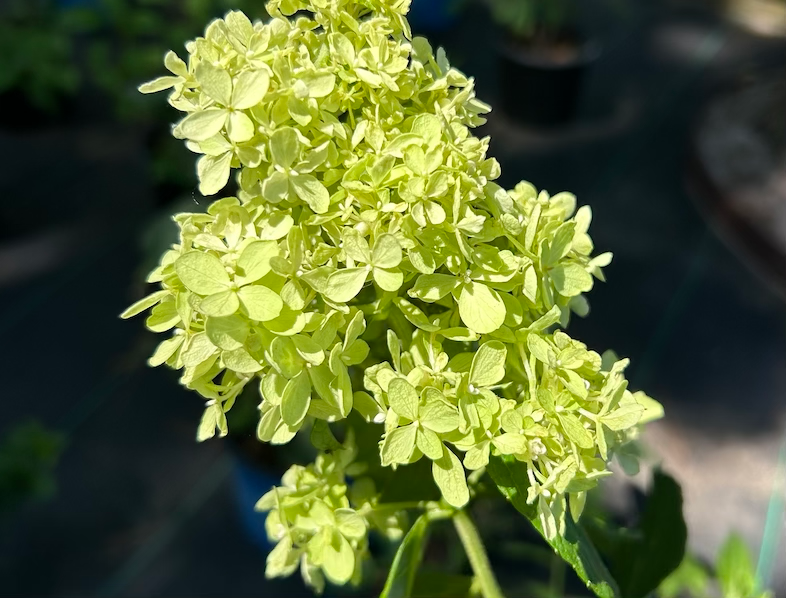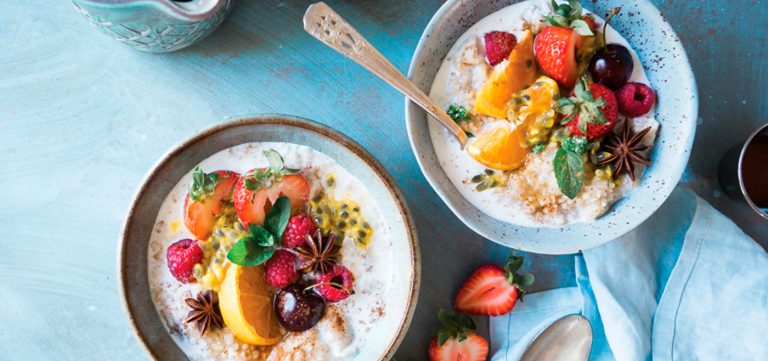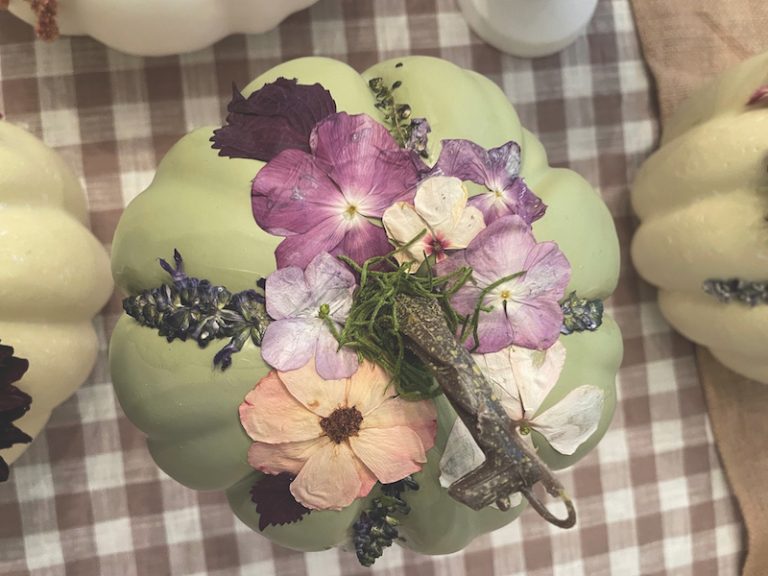Gardening in the Lowcountry: Lessons from Summer and Preparing for Winter
Story by Alea Wilkins and Suzanne Barton
From the summer’s record-breaking heat to the first bite of winter frost, the Lowcountry’s unpredictable weather keeps gardeners guessing. Plants that usually thrive struggled in the sun, and even hardy shrubs demanded extra care. Looking ahead, wintering plants will need a bit of their own tropical getaway to stay healthy. To ease the worry, Suzanne Barton, manager of The Green Thumb, shares expert advice for the season ahead.

Pebble trays are the simple, stylish DIY-solution to ensure potted plants are always well-watered.
[LOCAL Life] I’ve had healthy hibiscuses for a long time but this year, the buds turned yellow and dropped. Why is this happening?
[Suzanne Barton] We had a really hot, dry summer. When the temperature is consistently over 90 degrees, it’s very stressful for hibiscuses, and they drop their buds. If you go to Southern Florida in the summer, their hibiscuses are not in bloom because it’s too hot, even if they’re planted in the shade. You can take precautions by consistently watering your hibiscuses throughout the season, but – assuming the weather cooperates – they should be fine again next year.

With their bold, lobed foliage and cone-shaped blooms, oakleaf hydrangeas stand out year-round. Unlike other varieties, they prefer to be left mostly alone.
[LL] When should I prune my hydrangeas, and where should I cut them on the stem?
[SB] How you prune hydrangeas depends on what type you have. The most popular is macrophylla or “bigleaf,” which blooms on old wood. This means its buds for next year start to set soon after this year’s blooms, so you’ll want to prune right after they finish blossoming. Take out any weak or dying wood. If it looks healthy, leave it alone. Oakleaf hydrangeas are similar. They don’t like to be pruned, so give them a very light trim. On the other hand, panicled (paniculata) and smooth (arborescens) hydrangeas bloom on new wood. Once they finish flowering, they can be cut back by a third or more. Smooth hydrangeas can be cut up to a foot off the ground to produce even more blossoms next year. As a general rule of thumb, prune after blooming.

Depending on the variety, hydrangeas follow very different and precise pruning regimens. Round, vibrant clusters of flowers are a telltale sign of macrophylla.

[LL] How can I prevent the plants I bring indoors for the winter from drying out?
[SB] Pebble trays are a great solution, and the best part is they’re super easy to make yourself. Fill a plant saucer with a couple of thin layers of pebbles, pour water until the bottom layer is submerged, and add your pot on top. Just make sure the roots do not directly touch the water. The saucer should be at least two inches wider than your pot, making a moat. This allows the water to evaporate into the canopy of your plant. Creating this kind of micro-climate for your plants will help to keep them happy all winter long.

Seasonal tips from Lowcountry Gardening, a guide written by the Lowcountry Master Gardener Association
To protect plants against winter temperatures, be sure to add 3-4 inches of mulch or pine straw around them, but avoid placing it within 3-6 inches from the stems or trunks. Deciduous leaves and other fallen debris make good mulch for flower beds and shrubs.
Cut back perennials, and divide those that are overgrown. Some perennials that are often divided are farfugium, ornamental grasses and daylilies.
Don’t clean out your garden bed yet!
Wait until late winter or early spring. Pollinators such as butterflies and bees use dead leaves and hollow stems for winter shelter. Birds eat seeds from dead flower heads.
There should be no major pruning of shrubs or trees after late October, but light pruning to shape shrubs or to remove wayward branches may be done.
Make a list of plants that will need frost protection. You can bring some container plants indoors and protect others with frost cloth or other covers. Don’t use plastic or heavy fabrics.
Excerpted from Lowcountry Gardening, written and published by the Lowcountry Master Gardener Association. Grab a copy of this handy guide to all things Lowcountry gardening for $5 at The Greenery, Bruno Landscape & Nursery, The Green Thumb or the Master Gardener booth at the Bluffton and Port Royal farmers markets. For more information, head over to LowcountryMGA.org.









